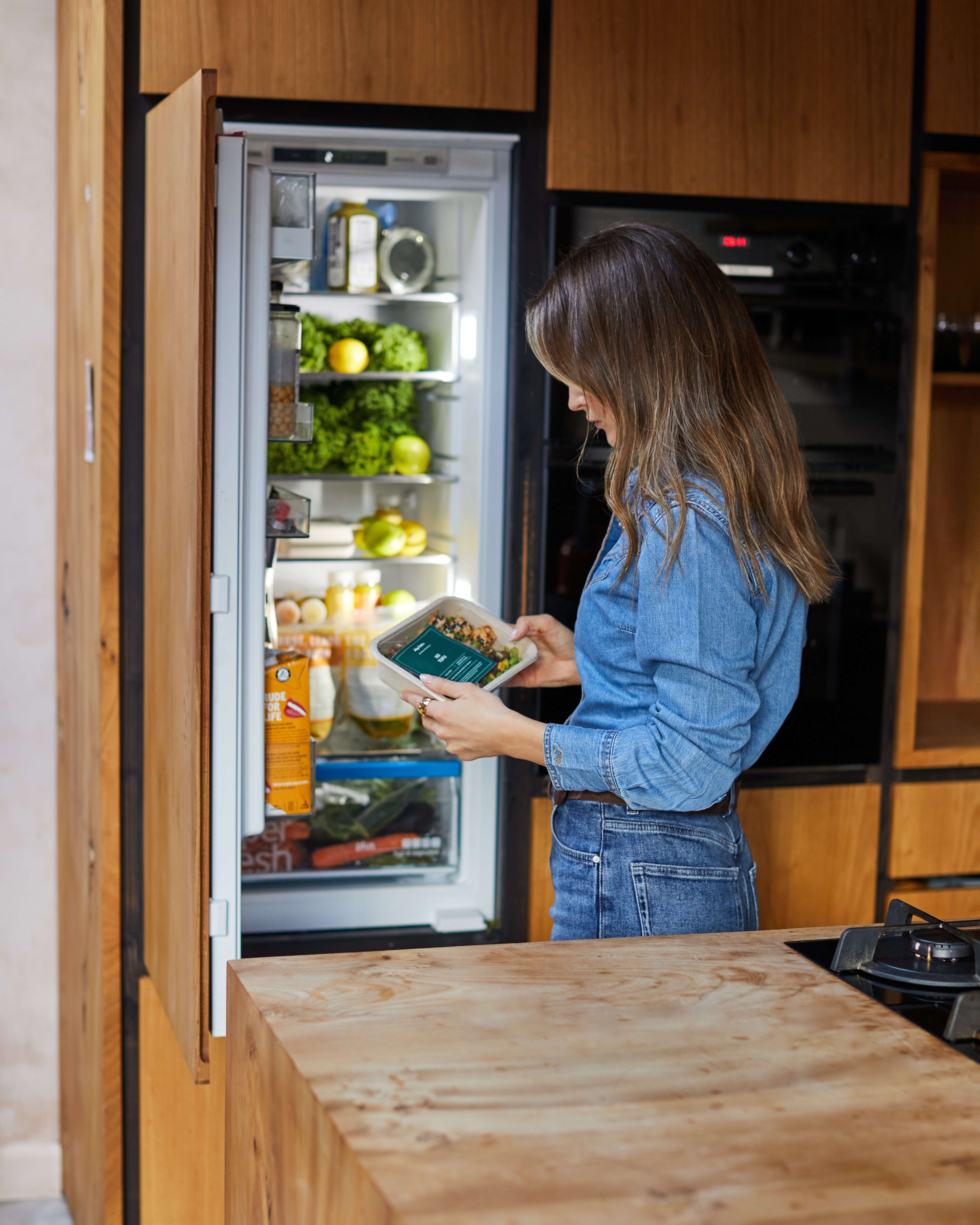20 Sep, 2024
The Gut-Brain Connection: The Importance of Space
The connection between nutrition, the gut, mindfulness, space, and human connection is a multi-faceted and fascinating relationship that reflects how our body, mind, and environment interact. Incorporating mindfulness practices and creating a supportive physical environment is essential for enhancing wellbeing. Enjoy this fascinating article by registered nutritionist, Eleanor Hoath - our wonderful ambassador and partner on our All-Round Reset for autumn.
HealthThe Importance of Human Connection at Mealtimes
In our increasingly fast-paced world, meals are often rushed, solitary experiences, with many of us eating in front of screens, be it our phones, laptops, or televisions. This habit not only impacts the digestive process but also diminishes the social and emotional benefits that come from sharing meals with others.
Human connection is crucial at mealtimes. Research shows that eating with others can improve digestion, enhance the absorption of nutrients, and contribute to a sense of wellbeing. When we sit down with family or friends, we engage in conversation, slow down, and savour the experience. This fosters a state of relaxation that is beneficial for digestion, as it allows the body to focus on the process of breaking down and absorbing nutrients.
In many cultures, meals are considered a time for connection, a moment to pause and bond with others. In the UK, for example, the tradition of a Sunday roast with loved ones is not just about the food but about the experience of sharing and being together. This sense of community around the dinner table nurtures not only our bodies but also our minds and spirits.
Taking a Break from Screens: Creating Space for Mindful Eating
In addition to the social benefits of shared meals, taking a break from screens during mealtimes is essential for fostering a mindful eating practice. When we eat in front of screens, we often lose touch with our body's hunger and satiety cues, leading to overeating or mindless snacking. Engaging with screens during meals also puts the body in a state of heightened alertness, hindering the activation of the parasympathetic nervous system.
By creating space away from screens during meals, we allow the body to enter a state of relaxation, which improves digestion by triggering the secretion of the digestive enzymes and enhances the enjoyment of food. Sitting down at the table, without distractions, enables us to focus on the textures, flavours, and aromas of the food, creating a more fulfilling and nourishing experience.
This simple practice also helps to create a sense of ritual around mealtimes, turning eating into a mindful act that supports both physical and mental health. Similarly, getting children involved i the cooking process which creates an excitement to enjoy the food they have prepared naturally stimulates the digestive juices in the body.
Eleanor’s tip - “one of the first things I ensure my clients are doing before we even touch food and supplements, is mindful eating. When the body is in a state of stress, there is no possibility of the body properly digesting food as it isn’t focusing on the task at hand. Switching off screens and just enjoying your meal is the first step to happy digestion. It’s not always possible, sometimes we have to respond to emails with a sandwich, but setting the intention is what matters.”
Curating Space and Environment
The space in which we eat and live also plays a role in our overall wellbeing. A cluttered, chaotic environment can heighten stress levels, negatively affecting digestion and mental clarity. On the other hand, an organised, clean space fosters a sense of calm, allowing the body and mind to relax.
This idea extends to the space we create for mindfulness practices. Whether it’s a quiet corner of the home dedicated to meditation or a peaceful area for meals, having a designated space for relaxation encourages regular habits that support overall health.
In terms of nutrition, organising your kitchen to be conducive to healthy eating is another way to create supportive space. An environment that promotes mindful eating and meal preparation can significantly improve how we approach food, encouraging healthier choices and reducing stress around meals.
Conclusion: A Holistic Approach to Health
The interplay between nutrition, the gut, mindfulness, space, and human connection is a powerful example of how intertwined our mental and physical health truly is. The vagus nerve serves as a key link between the brain and gut, and through practices like mindfulness, mindful eating, and the use free tools such as singing, humming and meaningful conversations over dinner all the way to technology such as the Sensate device, we can enhance vagal tone and support overall well-being.
By taking time to connect with others at mealtimes, stepping away from screens, and creating a calming, supportive environment, we can foster better health for both body and mind.
Our All-Round Reset supports a gut-brain reset, and resotring your focus and calm after a busy summer. This limited-edition programme brings you a nutrition plan and wellbeing gifts that fulfil each pillar of wellbeing mentioned above. Clue is in the name, to offer a gentle reset for September and have you feeling revitalised, refreshed and more like you in no time. Book here.



